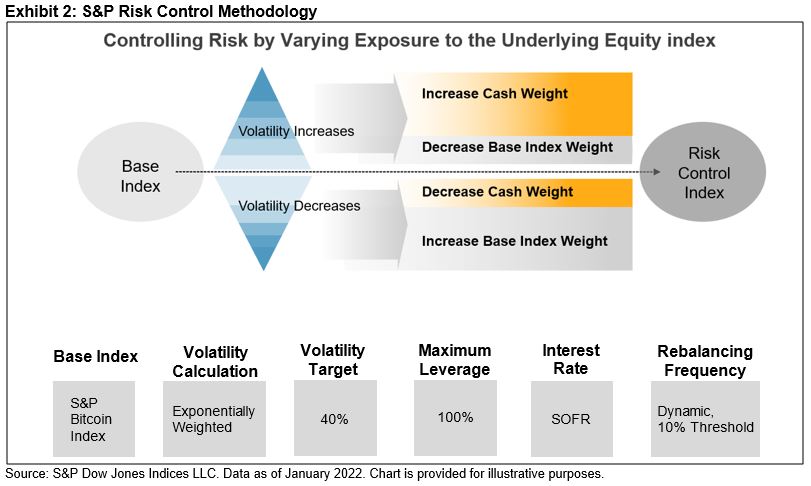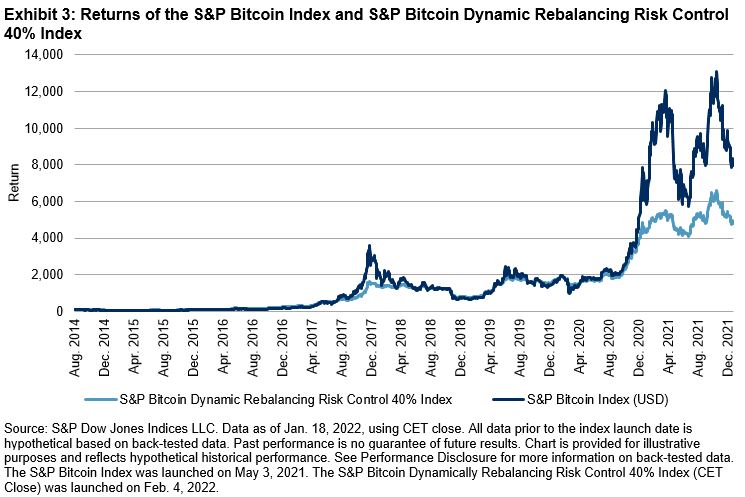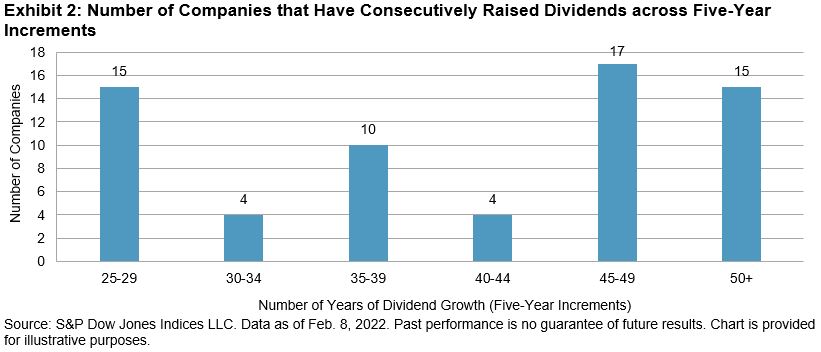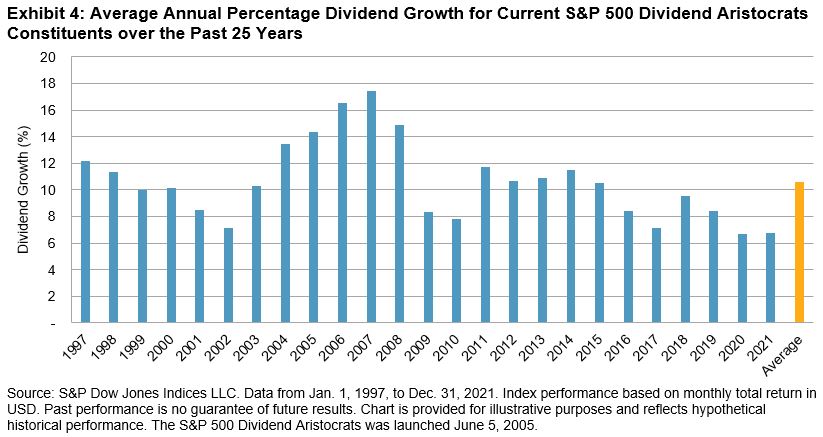On Feb. 21, 2022, S&P Dow Jones Indices (S&P DJI) launched a series of S&P GSCI European Power Indices, the first indices of their kind in the market and an expansion of the single-commodity offering of indices based on the S&P GSCI. The S&P GSCI European Power Indices are designed to provide reliable and publicly available performance benchmarks for the largest European power markets. The indices are based on European Energy Exchange (EEX) quarterly and annual French, German, Italian, and Spanish power futures.
As the green energy transition takes hold globally, liquidity of financial instruments is crucial to ensure the shift from fossil fuels to renewables is as seamless and efficient as possible. The power markets will likely play an important role in that regard. Record natural gas and electricity prices in Europe, record coal prices in China, multi-year-high natural gas prices in the U.S., and Brent crude prices topping USD 90 per barrel are all manifestations of a global energy shortage that has come into sharp focus over recent months. Until now, the power segment has been an inaccessible commodity for many market participants. As illustrated in Exhibit 1, price discovery in the European power markets in the fall of 2021 was rapid and efficient.

Market participants can track electricity in Europe via the futures market, and the EEX contracts provide a clear benchmark for the price of baseload electricity at any point in time. Their highly liquid futures contracts were a perfect match for S&P DJI when it came to creating benchmark indices for European power.
Power markets will play a crucial role in the green energy transition as the need to measure renewable power generation is becoming the main focus of many global corporations and governments. Germany is a great place to start as it is the largest power market in Europe, with volumes over 250 million MWh a month, more than 6x larger than the second biggest in Europe, France. In Germany, renewables’ share of gross power consumption is currently over 40% and is expected to rise to 80% by 2030.1 Most of renewables’ power comes from wind.

S&P DJI continues to be the index leader when it comes to bringing innovative, thematic, climate-focused offerings to market. The S&P GSCI European Power Indices are another example of how we look to drive transparency in new and exciting markets as they develop. To learn more, please visit our commodities investment theme page.
1 Source: BDEW Energy Supply 2021 – Annual Report
The posts on this blog are opinions, not advice. Please read our Disclaimers.





















